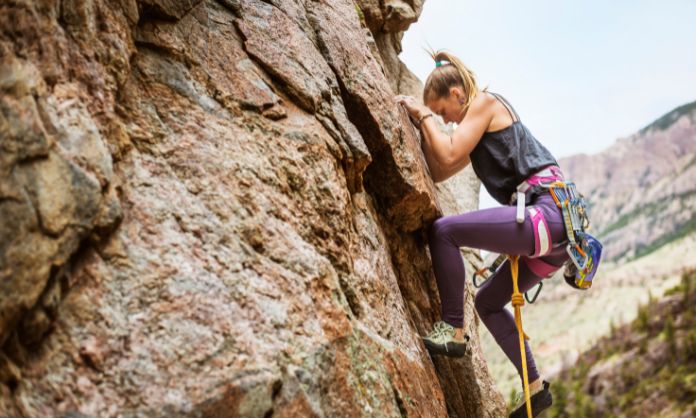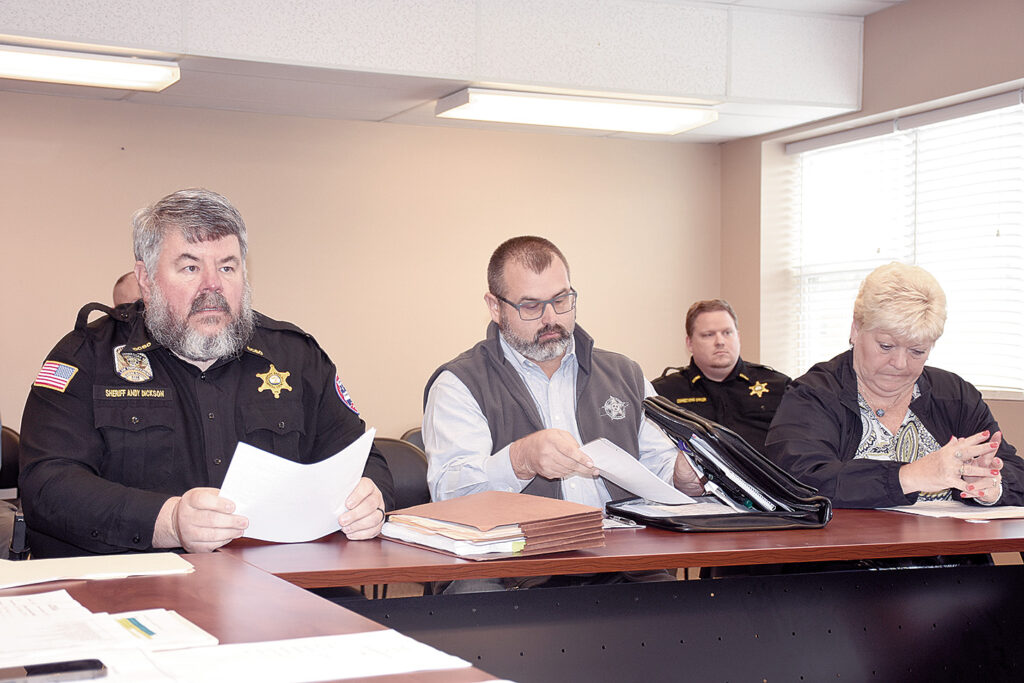A mower, a blower, and some garden shears—what else could you need? Actually, landscaping involves a lot of planning and planting before it settles into the maintenance phase. Consider these important landscaping tips for your yard.
Make a Sun and Shade Map
The amount of sunlight your yard receives will be a major factor in what you decide to plant and where you plant it. Ideally, before you undertake any major landscape improvements, you will have had an opportunity to observe your landscape for a full year and map out how much sun each part of the yard gets for how many hours per day through the seasons.
Decide How You’ll Use Your Landscaping
Some homeowners prefer the look of a perfectly manicured lawn uninterrupted by shrubbery, trees, or flowering plants. Others like the privacy and variety of a more complex landscape featuring shade trees and gardens filled with perennials for reliability and annuals for a new splash of color each year. Some gardeners see a patch of full sun that lasts all day and think, “Tomatoes!” Pets, children, and your attitude toward trimming, raking, and playing “pick up sticks” will help you make decisions. If your area is subject to frequent heavy rain and storms with high winds, think about how your landscape will endure. If you’re the set-it-and-forget-it type who prefers sitting under a shady tree to trimming it, consider selecting low-maintenance native plants to create the outdoor space you crave.
Hills and Valleys
Another critical consideration is the overall slope of your lot. Where water is concerned, there’s a big difference between the house at the top of the hill and the cottage at the bottom. A primary concern is erosion and water runoff. Inspect your property for signs of erosion, and create a plan to preserve your soil. Replacing the soil before addressing drainage issues or using plants that can’t establish themselves in poor soil conditions will set you on a never-ending, costly cycle of replacing soil only to watch it wash away again.
Don’t Forget Hardscapes
Paths and walkways, stairs, terraces, and patios add interest and form to your landscape. With some effort and planning, you can transform a boring rectangular patch of grass into a curving, varied garden with walls, water features, and benches connected by stone, brick, or gravel paths. You can also define the space with retaining walls and edging made of interlocking concrete garden blocks, rocks, or fencing materials that act as anchors for additional plants and grasses.
Consider the Future
Whatever you plant now will look very different five years from now without aggressive maintenance. That adorable two-foot shrub could end up taking over your backyard universe. A critically important landscaping tip is to be sure you know what the future holds for any trees, shrubs, or vines you introduce. Some plants are extremely invasive, and they’ll spread well beyond the area you intended them to populate. Consult experts at your local garden center or university extension to help you avoid accidentally planting unwelcome plants that look pretty but that will take over more than their fair share of your yard.







